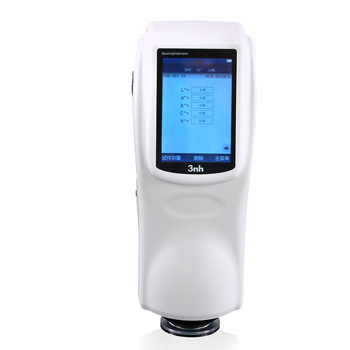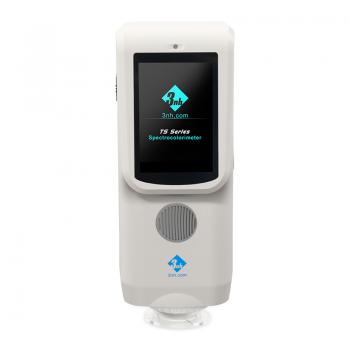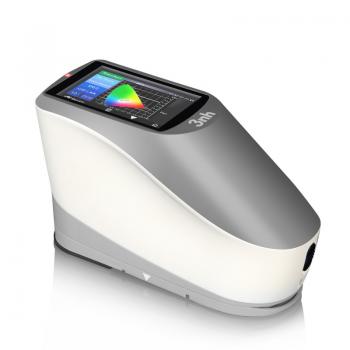Interior Color Matching
Interior color matching plays a key role in automobile manufacturing. It is a key factor in improving the overall driving experience and brand value. It not only affects the aesthetics of the vehicle, but also the overall experience of consumers. The interior of a car includes a variety of materials such as seats, dashboards, and door trim panels. The colors of these materials must be consistent to maintain the visual harmony of the interior . Due to the diversity of interior materials (such as leather, fabric, plastic, etc.), different materials reflect and absorb light differently, which increases the difficulty of color matching. Inconsistent colors will destroy the harmony of the interior design and reduce the high-end feel and market appeal of the product. The following are common scenarios for interior color matching :
Uniformity of interior decoration throughout the vehicle : Ensure that the colors of interior parts such as seats, instrument panels, door panels, etc. are consistent to enhance the overall aesthetic of the vehicle.
Color consistency of materials : Different materials show similar colors under the same light source, improving the visual comfort of the driving environment.
Using precision color measurement equipment such as 3nh spectrophotometers , manufacturers can ensure color matching between interior parts. Through precise color measurement, these devices can detect tiny differences between material colors, helping manufacturers to make timely adjustments during the production process to ensure the overall color consistency of the interior, thereby improving the interior quality and user satisfaction of the vehicle, and enhancing the vehicle's market competitiveness and brand image .








 0086 18165740359
0086 18165740359 906 Hits
906 Hits
 2024-08-30
2024-08-30



 Skype Online
Skype Online